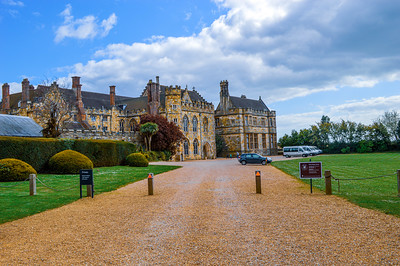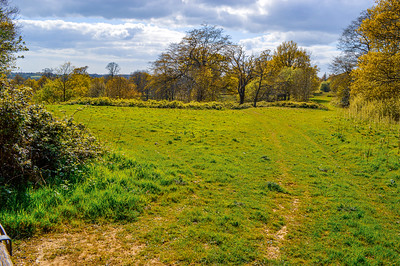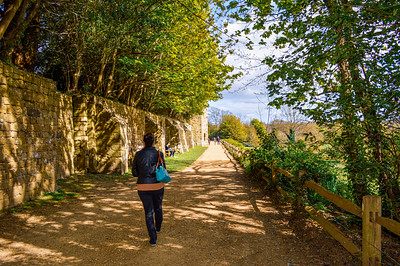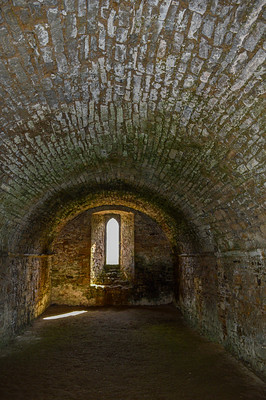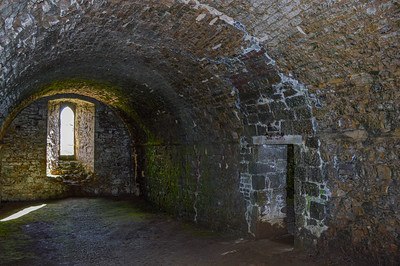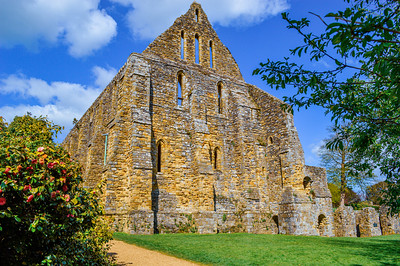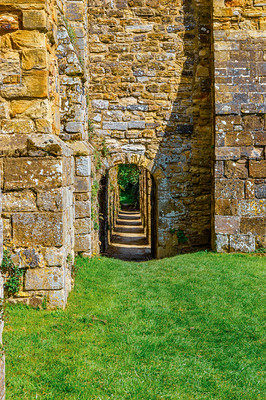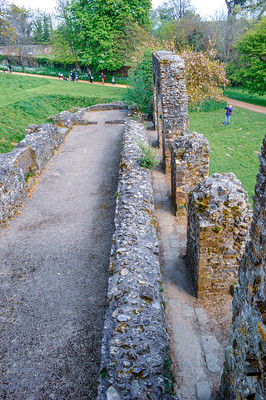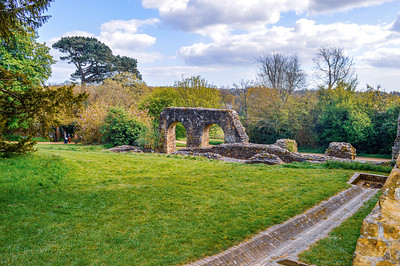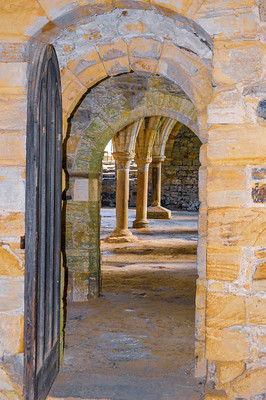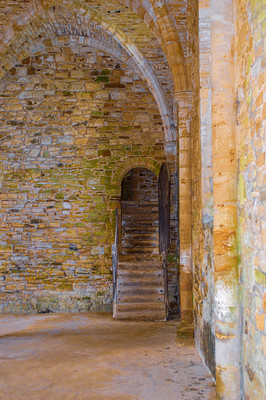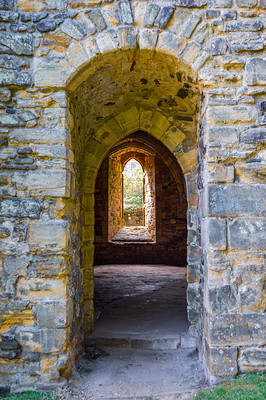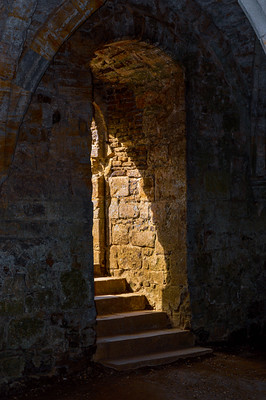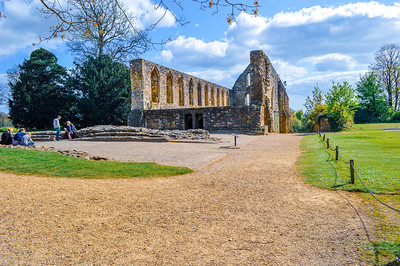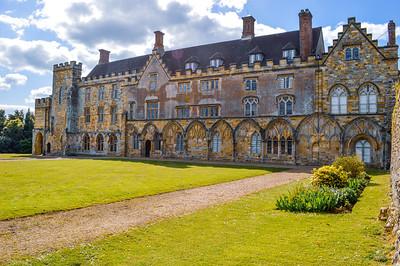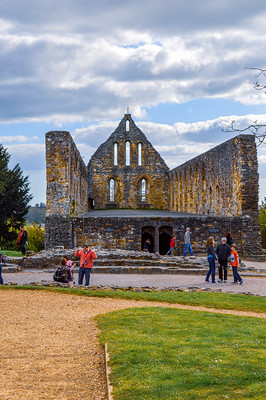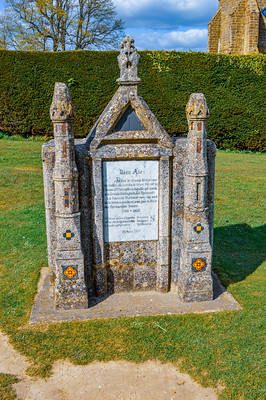About The Battle of Hastings
The Battle of Hastings was fought on 14 October 1066 between the Norman-French army of William, the Duke of Normandy, and an English army under the Anglo-Saxon King Harold Godwinson, beginning the Norman Conquest of England. It took place approximately 7 mi (11 km) northwest of Hastings, close to the present-day town of Battle, East Sussex, and was a decisive Norman victory.
en.wikipedia.orgBattle Abbey is a partially ruined Benedictine abbey in Battle, East Sussex, England. The abbey was built on the site of the Battle of Hastings and dedicated to St Martin of Tours. It is a Scheduled Monument
The Grade I listed site is now operated by English Heritage as 1066 Battle of Hastings, Abbey and Battlefield, which includes the abbey buildings and ruins, a visitor centre with a film and exhibition about the battle, audio tours of the battlefield site, and the monks' gatehouse with recovered artefacts. The visitor centre includes a children's discovery room and a café, and there is an outdoor-themed playground.
William the Conqueror had vowed to build a monastery in the event that he won the battle. In 1070, Pope Alexander II ordered the Normans to do penance for killing so many people during their conquest of England. William the Conqueror vowed to build an abbey where the Battle of Hastings had taken place, with the high altar of the church on the supposed spot where King Harold fell in battle on Saturday, 14 October 1066.
William started building it but died before it was completed. The Vill survey of 1076 and early legal documents of adjoining property refer to a hospital or guesthouse which was attached to the gate of the abbey. The monastic buildings were about a mile in circuit and formed a large quadrangle, the high altar of the church being on the spot where Harold fell. The church was finished in about 1094 and consecrated during the reign of his son William II (commonly known as William Rufus). The king presented there his father's sword and coronation robes.
en.wikipedia.org

